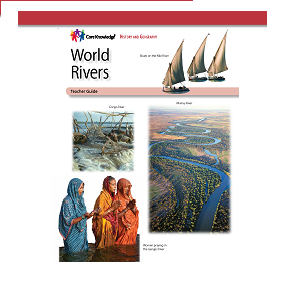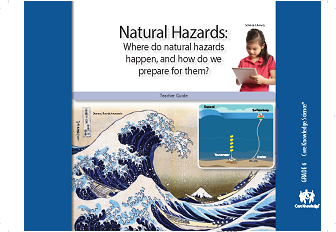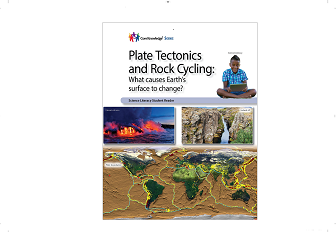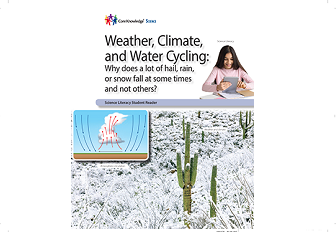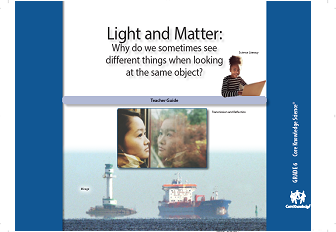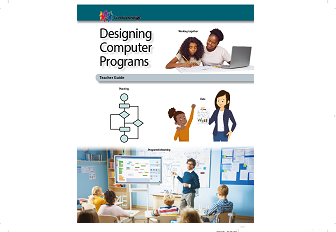About This Lesson
World Rivers prepares students to use maps and globes to locate the continents, major oceans, and important rivers of the world. Students explore the benefits and dangers of rivers. They learn why ancient civilizations and modern cities were established near rivers, and how rivers are often associated with major historical events. Rivers studied include the Ganges, Indus, Yellow (Huang He), Yangtze (Chang Jiang), Tigris, Euphrates, Nile, Niger, Congo, Amazon, Orinoco, Mississippi, Mackenzie, Yukon, Murray, Darling, Volga, Danube, and Rhine.
This unit includes a Student Reader and Teacher Guide, providing Guided Reading Supports and the following Additional Activities: Cool Facts About World Rivers activity pages; guidance in using a world atlas; domain vocabulary activity pages; a nonfiction excerpt of Mark Twain’s “Old Times on the Mississippi”; and a Unit Assessment.





